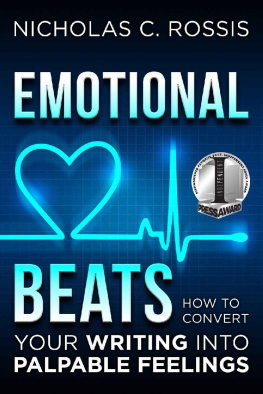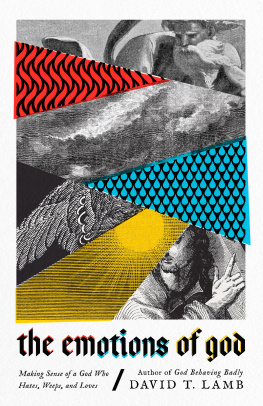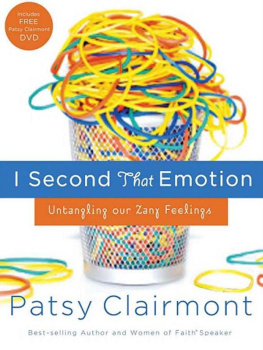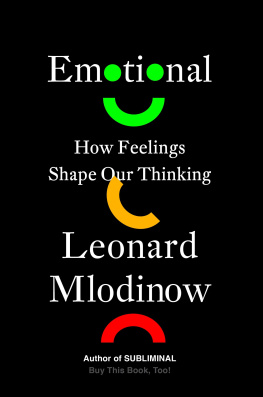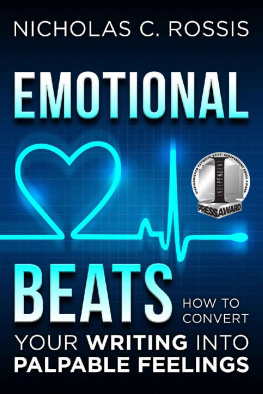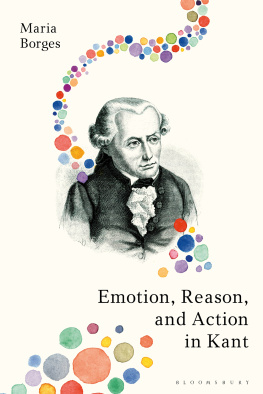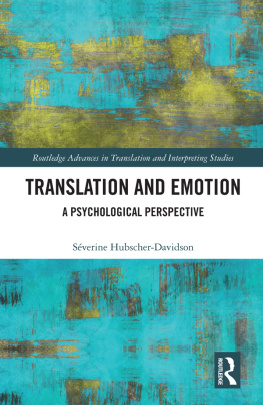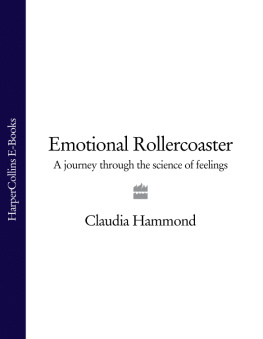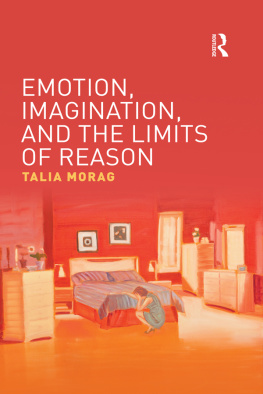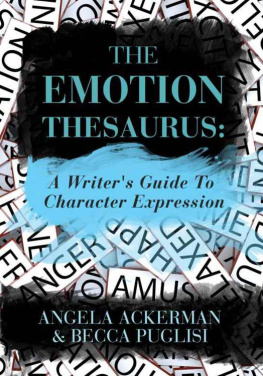In some ways, writing resembles painting. You, the artist, find the perfect subject and capture it on paper as best as you can. As with painting, this can be done in either broad brush strokes, or fine ones. The detail can be photographic or minimal. And the materials used can make all the difference between a masterpiece and a run-of-the-mill product.
To add emotion, painters use color. Some buy the best colors they can find on the market; others mix them themselves. Like descriptions in a book, paintings can be vibrant or subdued, depending on the emotion the artist wishes to convey.
To achieve the same effect, writers use colorful words. One of the best tools available to them is beats . Google defines beats as follows:
Beats are descriptions of physical actionminor or majorthat fall between lines of speech to punch up your dialogue. When a character raises an eyebrow or furrows his brow, this action, or beat, interrupts the dialogue and telegraphs a change in the character's emotional state.
Beats are especially useful in the context of the familiar show, dont tell guideline. This collection of some of the best beats Ive read and written can be your best friend when you struggle to think of a novel way to convey an emotion without naming it. Read on to find out how!
Name that emotion
Show, dont tell, everyone says.
Why?
Because of the way our brains are wired. If you dont name the emotion you are trying to describe, the emotional resonance is actually much stronger. As soon as you name an emotion, however, your readers slip into thinking mode. And when they think about an emotion, they distance themselves from the actual experience of feeling it.
So, the next question is, how ? How can we show anger, fear, indifference, and the whole range of emotions that characterize the human experience?
Until a few years ago, the answer might have been simple: add an adverb. For example:
He fearfully stepped onto the ladder.
This is simple and unassuming. But, for todays author, unacceptable. Lazy writing, your writing coach would say, suggesting instead that you use a beat. For example, you could describe your characters actions along the lines of:
He placed one uncertain foot on the ladder and raised his body. Will it hold, he wondered. He closed his eyes for a second, expecting the worn step to give way. When it didnt, he placed his second foot on the next step. His temples felt damp. He resisted the urge to wipe them, his fingers clutching instead the railing even harder. The ladder held. So far.
Much better, right? It is richer; immediate; deeper. It draws the reader in; makes them want to read more.
Lets see another example:
Sally felt anxious.
This is a perfect example of a sentence just begging for a beat. So, how about using one to show us instead of telling us?
Sally clutched the hem of her dress, then forced herself to release it and straightened the fabric with long, nervous strokes.
Isnt that more engaging? Still, there is a little more fun to be had.
Tag! Youre it.
Beats are great when used as an alternative to dialogue tags. Instead of using the tired ol he said-she said , you can use a beat to indicate whose turn it is to speak. Adding dialogue to the previous example, is there any doubt it is Sally doing the talking?
Sally clutched the hem of her dress. I dont know. She forced herself to release the dress and straightened the fabric with long, nervous strokes. I really dont know.
You can use beats this way not only to avoid excessive dialogue tags, but also to color dialogue with any sort of emotionin the case of poor Sally, nervousness.
Talking Heads and How to Avoid them
Talking heads are like comics with nothing but heads and dialogue balloons, placed on a white background. There is no action nor settings; just dialogue.
Not me, you say. I have lavished page upon page of detailed descriptions of the surroundings.
And yet, if you have no activity within the dialogue, you can still cause a sense of disengagement between the environment and your characters.
Author Elizabeth George mentions the following goals of such activity:
- To keep a scene from showing talking heads;
- To reveal meaningful insights about characters by showing something interesting they are doing;
- To reveal something key about the plot;
- To bring depth by having the activity be a metaphor or something symbolic in the story.
So, keep in mind that your beats can do much more than pace the dialogue. Try to avoid using nothing but the simple, she sipped her tea variety: as George points out, beats are most effective when they reveal something about the character or the plot.
How to use this book
Ill let you in on a secret: my first drafts are full of telling and dialogue, with nothing in between but nods, shrugs, and frowns. Which makes for rather terrible writing.
Thats because I only care about telling the story. Turning it into an engaging read is left for the second draft. And thats where beats come in.
When I first started writing, I struggled to imagine the right beat for every situation. So, whenever I came up with a great one, I wrote it down for future reference. I did the same when I read a beautiful beat by another author, and went, what a great way to show X emotion.
It wasnt long before I started jotting down beats and ideas onto a helpful document, imaginatively enough titled help.doc.
This book contains some of the best beats I have found or written. These are listed first by emotion, then by body part. The next parts include various lovely generic beats and extra information I have come across.
You can use these as inspiration when in search of the perfect dialogue beat. Use them as a way to avoid talking heads. Use them to color your writing. Use them as a shortcut to start polishing that terrible first draft. By building your own beats around these, I hope you find them as useful in your writing, as I do in mine.
PART 1: FEELINGS AND EMOTIONS
Anger
Many of angers physical reactions are also common to both fear and angerfor example, the heart beating faster. The following beats, however, are particular to anger:
Eyes
- He shot her a venomous look.
- He shot her a furious glance.
- She speared him with another glare.
- He shot a glare up at her to silence her.
- She shot him a glare, but there was still a twinkle in her eye.
- She looked him in the eyes and he looked straight back into hers.
- He held her gaze for a moment before looking away without a word.
- A groan accompanied the roll of his eyes.
- His eyes were stormy.
- Her eyes widened.
- He glared at her without blinking.
- Darkness crossed his eyes.
- She skewered him with an unflinching look.
- Accepting the glaring anger that poured from her eyes, he kept her tight against him.
- Her eyes darkened.
- Her angry gaze sliced his face.
- She flayed him with her gaze.
- He leveled a glowering look.
- She shifted her angry glare to his face.
- She met his unrelenting stare.
- His eyes burned fanatically.

